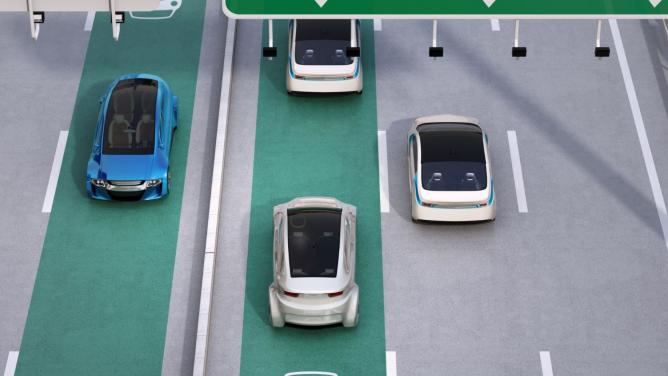The phrase ‘range anxiety’ is at the heart of the question pertaining to electric mobility. Together with the issue of infrastructure density, it is now a prerequisite for the global endorsement of electric vehicles. According to a study by Venson in 2019, range anxiety is an obstacle for 69% of motorists. Two major projects are now addressing this hurdle. The first targets the installation of charging points. Cap Gemini Group has estimated that the number of access points needs to increase from 632,000 in 2020 to 30 million by 2030 in order to sustain demand. The second project, of interest to us, concerns the optimisation of charging technologies. In this ever-expanding landscape we have reviewed the main options, both present and future.
Battery Warfare
Currently, wired terminals associated with lithium-ion batteries are the winning combination in automotive charging technologies. Lithium-ion batteries represent almost 90 % of the market and there is considerable room for improvement in this technology. In the medium term, “solid state” batteries hold the promise of faster charging and less energy loss. From an economic point of view, considerable progress has been made. According to a study by Bloomberg, the price of batteries has fallen by 87 % since 2010. However, the combination of ever-increasing demand and the scarcity of raw materials, particularly cobalt and lithium hydroxide, now poses the threat of a shortage.
Faced with this hegemony, alternatives are being developed. The most discussed is undoubtedly the hydrogen fuel cell, which aims to address the question of efficiency, but offers better autonomy. In a more innovative way, the graphene super-battery from Skeleton Technologies promises a charging time of 15 seconds. The seawater-based technology developed by IBM is environmentally friendly and aims to eliminate the use of rare metals.
From Fast Charging to Seamless Terminals
On the charging side, the obsession is speed. Most charger suppliers and energy providers are now offering ultra-fast chargers that can provide up to 350 kW, although Porsche is the only manufacturer able to supply a vehicle that can accommodate this capacity. In terms of charging time, manufacturers are confident to achieve a charging target of 15 minutes in the near future. The Ionity consortium, comprised of BMW, Mercedes, Ford, Volkswagen and Hyundai has announced that a 100kWh battery will obtain an 80 % charge in 15 minutes. VINCI, through its subsidiaries EasyCharge and Citeos, is also part of the trend towards the widespread use of electric vehicles. The company is a leading contender in the field, having designed and installed terminals for Unity, and managed 350 existing charging points in Burgundy, France, together with the 1,200 terminals of the eborn network.
Despite these efforts, electric vehicles do not compare favourably with the “instantaneous” refuelling of internal combustion engines. As a result, manufacturers, constructors and startups are planning a radical transformation of the charging experience. Once again, the technical options are manifold and embrace wireless technologies, enabling reduced friction; this represents the most viable current solution. The Startup Witricity is exploiting “magnetic resonance” and has recently raised $34 M, notably from Mitsubishi. BMW is promoting induction through Groundpad, as is Momentum Dynamics, which allows a number of taxis in Oslo, Norway, to recharge their batteries without contact. Robotics is also attracting manufacturers, who hope to reach beyond the geographical location of terminals. With this in mind, the Volkswagen mobile recharging robot offers a realistic mobile and autonomous service station.
The Road to Success
Dynamic recharging is the subject of several experiments and shows most promise. The Startup Electreon has deployed a 2 km dynamic induction charging pilot scheme in Tel Aviv, Israel. Renault tested a similar technology on a test track in Satory, France, proving that they could deliver a charging power close to 20 kW for a vehicle travelling at 62 mph. Siemens is combining overhead power line systems and intelligent pantographs with the eHighway project, tested over a 6 mile distance near Frankfurt, Germany. Notwithstanding additional vehicle costs, the German group has promised savings of around €16,000 for every 62,000 miles compared with a conventional diesel engine.
In addition to these futuristic devices, pavements could be put to good use in the shorter term, especially when it comes to charging stations. This is the challenge taken up by Urban Electric. It has developed a telescopic charging station in Oxford, England, which is then buried when not in use, as a way of limiting the impact of charging infrastructure on urban development.


